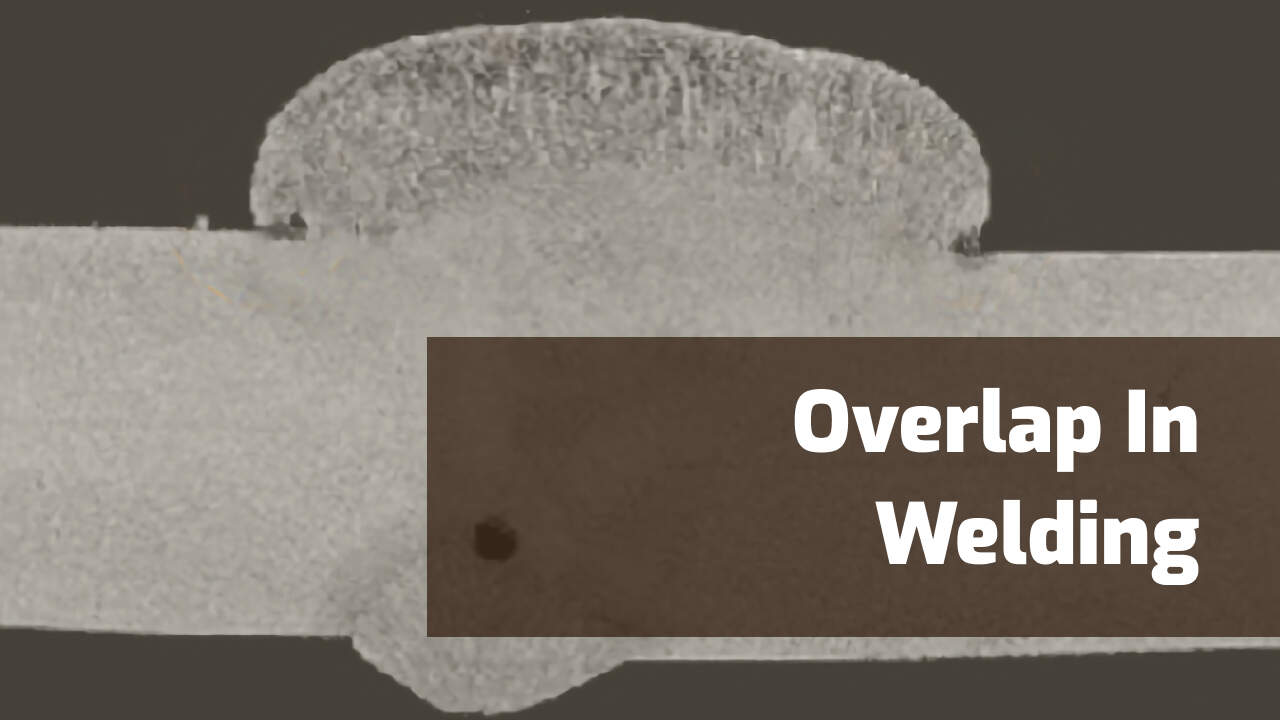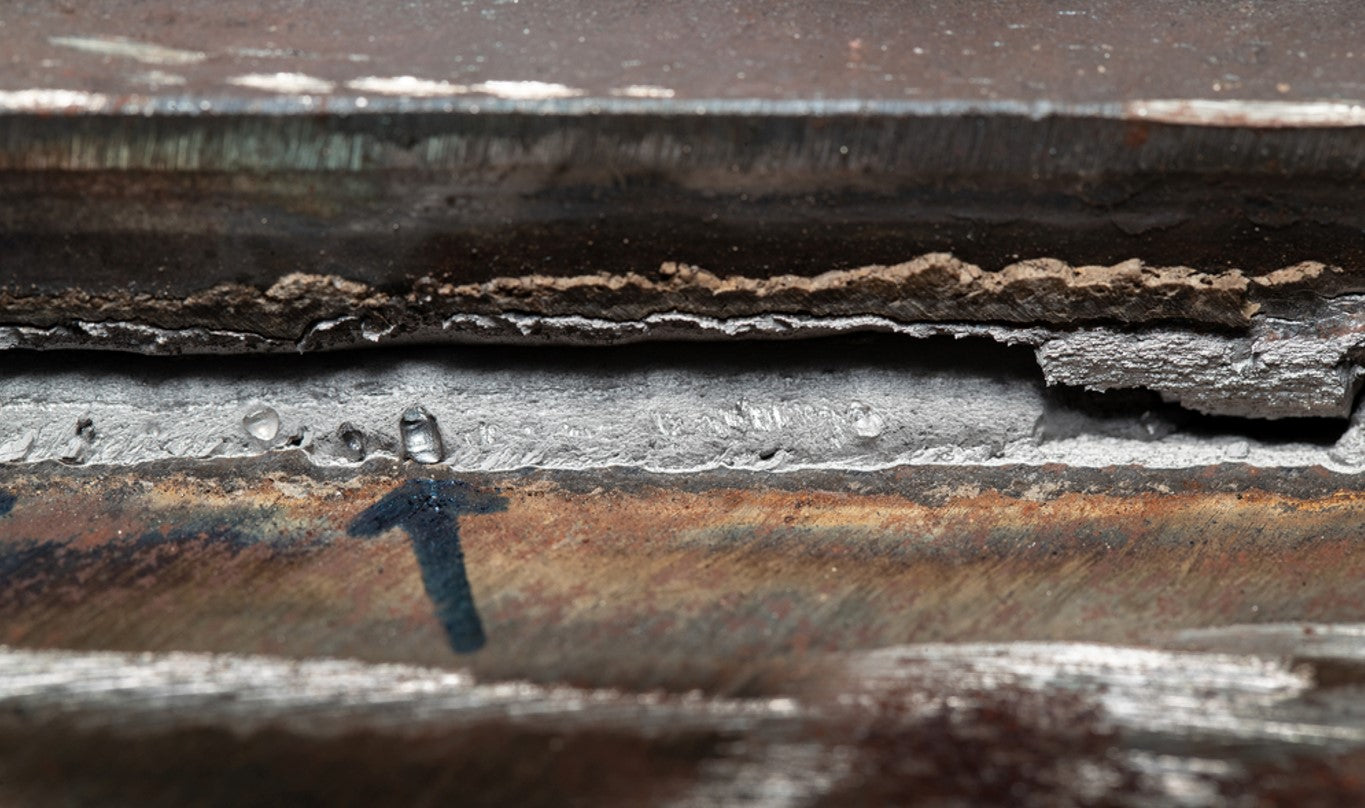Vital Tips for Welders: Preventing Undercut Welding and Ensuring Stronger Weld Joints
In the world of welding, accomplishing long lasting and strong weld joints is the keystone of generating top notch job. One usual obstacle that welders frequently encounter is undercut welding, which can compromise the integrity of the weld joint.

Recognizing Undercut Welding
Undercut welding is an usual welding defect that occurs when the weld steel falls short to properly load the groove and results in a groove-like anxiety along the weld grain. This problem weakens the weld joint, making it susceptible to fracturing and failing under stress. Undercutting can be triggered by different factors, including excessive welding current, high welding speed, incorrect electrode angle, inaccurate electrode size, and bad welding method.
One of the primary factors for undercut welding is a discrepancy between the welding existing and the welding speed. If the welding current is expensive or the welding rate is too fast, the weld metal might not sufficiently fill up the groove, resulting in undercutting. In addition, utilizing an electrode that is too huge can result in a similar end result, as the excess steel can not properly stream into the groove.
To prevent undercut welding, welders need to guarantee they are making use of the appropriate welding parameters, maintain a suitable electrode angle, choose the proper electrode size, and method appropriate welding strategies. By dealing with these variables, welders can reduce the threat of damaging and create stronger, much more trusted weld joints.
Correct Welding Technique
Efficient welding technique plays a crucial role in guaranteeing the high quality and stability of weld joints. Correct welding strategy entails a combination of skill, accuracy, and adherence to finest practices. One essential facet of proper welding method is preserving the correct angle and distance in between the welding gun and the work surface. Welders have to additionally pay very close attention to the travel speed and heat input to prevent concerns like undercutting, porosity, or insufficient fusion.
Additionally, a regular and stable hand motion is important for creating strong and sturdy weld joints. Welders need to aim for smooth, consistent movements to make certain even distribution of the weld material. Proper manipulation of the welding weapon and filler product is additionally key to attaining optimal infiltration and blend.
Additionally, regulating the warmth input and picking the ideal welding parameters based on the material being bonded are critical consider accomplishing top notch welds - Preventing weld undercut. Welders must comply with the advised setups provided by welding treatment specs and change them as required based upon the certain demands of the task. By mastering proper welding strategies, welders can substantially improve the strength and reliability of their weld joints
Picking the Right Electrode
Keeping the correct angle and range between the welding weapon and the workpiece is essential when taking into consideration the value of picking the appropriate electrode in welding applications. The selection of electrode plays a crucial duty in figuring out the top quality and stamina of the weld joint. Electrodes are available in numerous kinds, each created for specific objectives and materials.
Firstly, picking the appropriate electrode diameter is essential. Thinner electrodes are appropriate for welding thin materials, while thicker electrodes are better for thicker materials and greater warm applications. Matching the electrode diameter to the density of the workpiece aids accomplish a balanced weld.
Secondly, understanding the product composition of the electrode is crucial. Different electrodes are created for welding specific materials like steel, stainless steel, aluminum, or cast iron. Using the correct electrode material ensures excellent blend and minimizes the risk of defects in the weld.
Last but not least, more tips here taking into consideration the welding placement and strategy is essential when selecting the electrode kind. Specific electrodes are better matched for upright or overhead welding positions, while others function well for level or horizontal positions. Picking the best electrode based on the welding technique boosts the overall weld top quality and integrity.
Preparing the Base Steel
To ensure an effective welding process, what first actions see here should be taken when preparing the base metal for welding? Correctly preparing the base metal is vital for accomplishing resilient and strong weld joints. The initial step in preparing the base metal is to clean it extensively to get rid of any kind of contaminants such as corrosion, paint, oil, or dust. This can be done utilizing a cord mill, brush, or chemical solvents. Additionally, any existing weld product or deposit from previous welding must be gotten rid of to make certain a tidy surface for the new weld.

Performing Post-Weld Examinations

After performing these assessments, welders need to compare the outcomes versus sector criteria and task needs to make certain that the weld joint fulfills all necessary requirements. Any kind of deviations or inadequacies found throughout the post-weld assessment needs to be without delay resolved with appropriate corrective measures to ensure the weld's integrity. By faithfully executing post-weld assessments and quickly attending to any issues, welders can maintain the top quality and reliability of their job, ultimately contributing to the safety and security and longevity of the bonded structures.
Conclusion

To conclude, stopping undercut welding and ensuring more powerful weld joints require a mix of correct welding strategy, picking the ideal electrode, preparing the base anonymous metal appropriately, and conducting post-weld examinations. By recognizing the root causes of undercut welding and carrying out the required safety measures, welders can create top notch weld joints that meet market criteria and ensure the structural integrity of the welded parts.
Undercut welding is an usual welding defect that happens when the weld steel falls short to correctly fill the groove and results in a groove-like depression along the weld bead (Preventing weld undercut). Damaging can be caused by numerous variables, consisting of extreme welding current, high welding speed, improper electrode angle, inaccurate electrode dimension, and poor welding technique
One of the main factors for undercut welding is an inequality in between the welding existing and the welding rate. If the welding current is as well high or the welding rate is as well quickly, the weld steel might not adequately fill up the groove, leading to damaging.Maintaining the appropriate angle and range in between the welding gun and the work surface is essential when thinking about the value of picking the best electrode in welding applications.
Comments on “Preventing Weld Undercut Demystified: Techniques for Success”